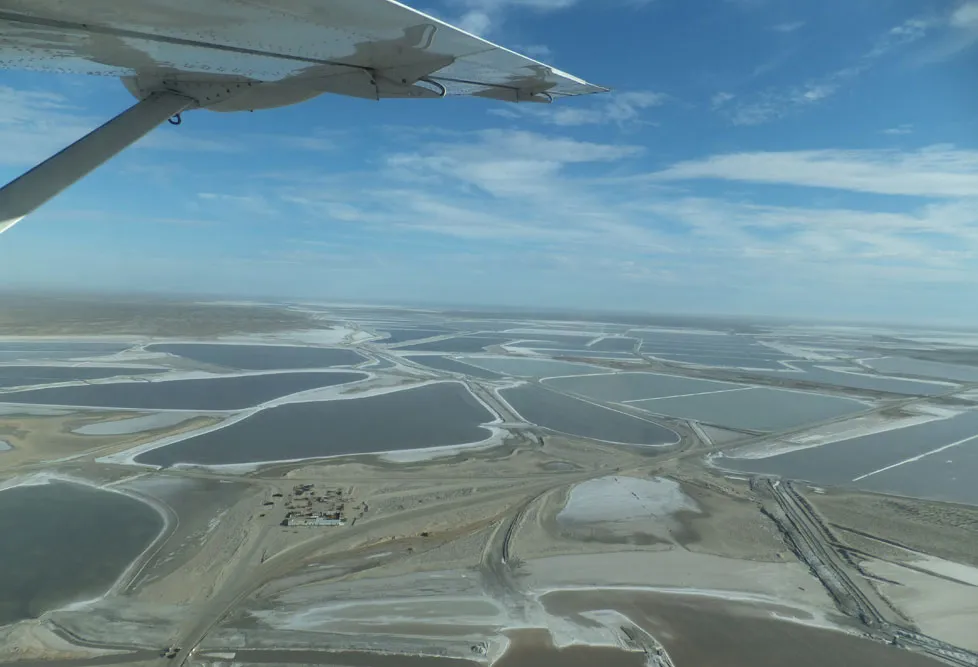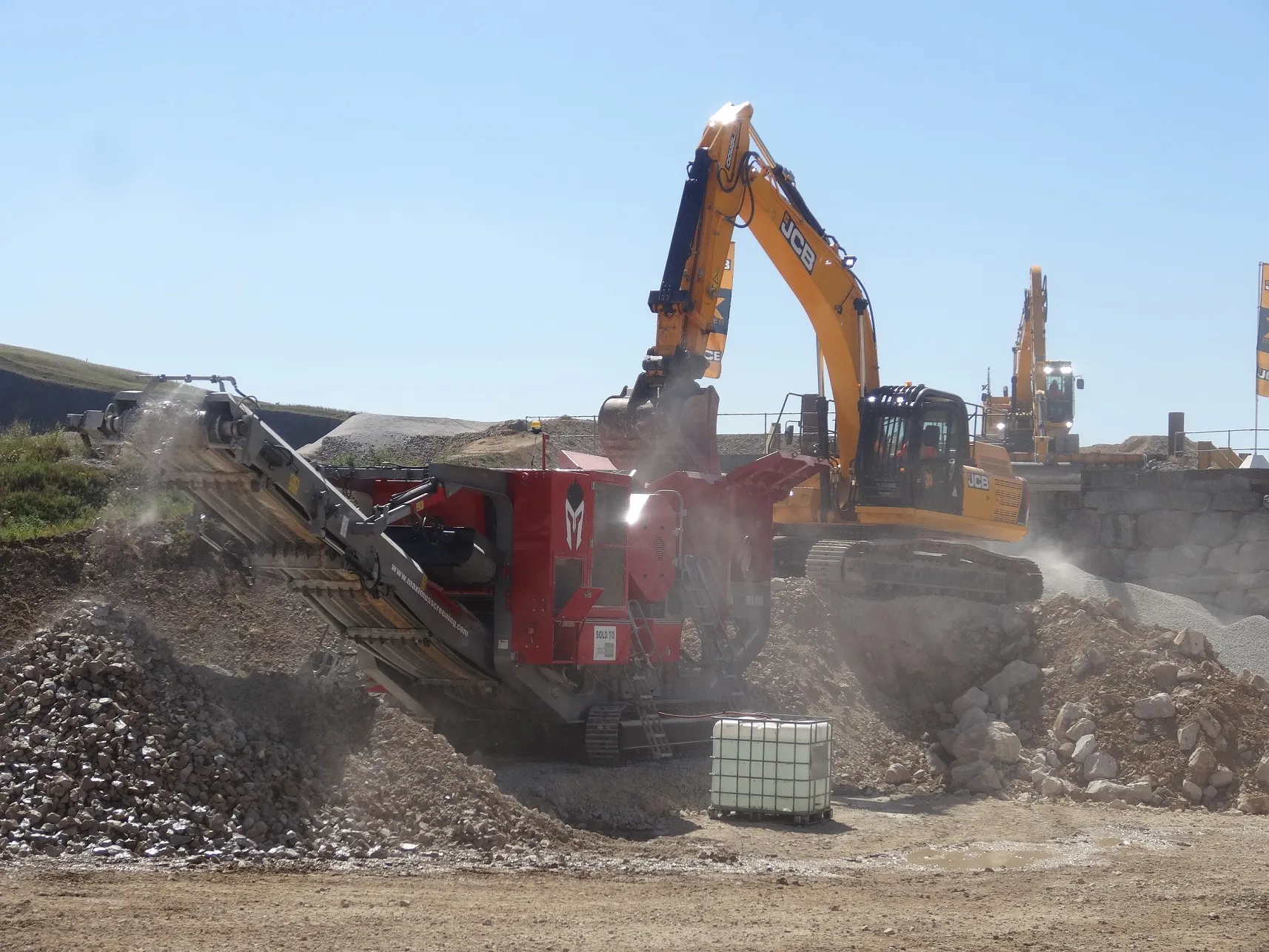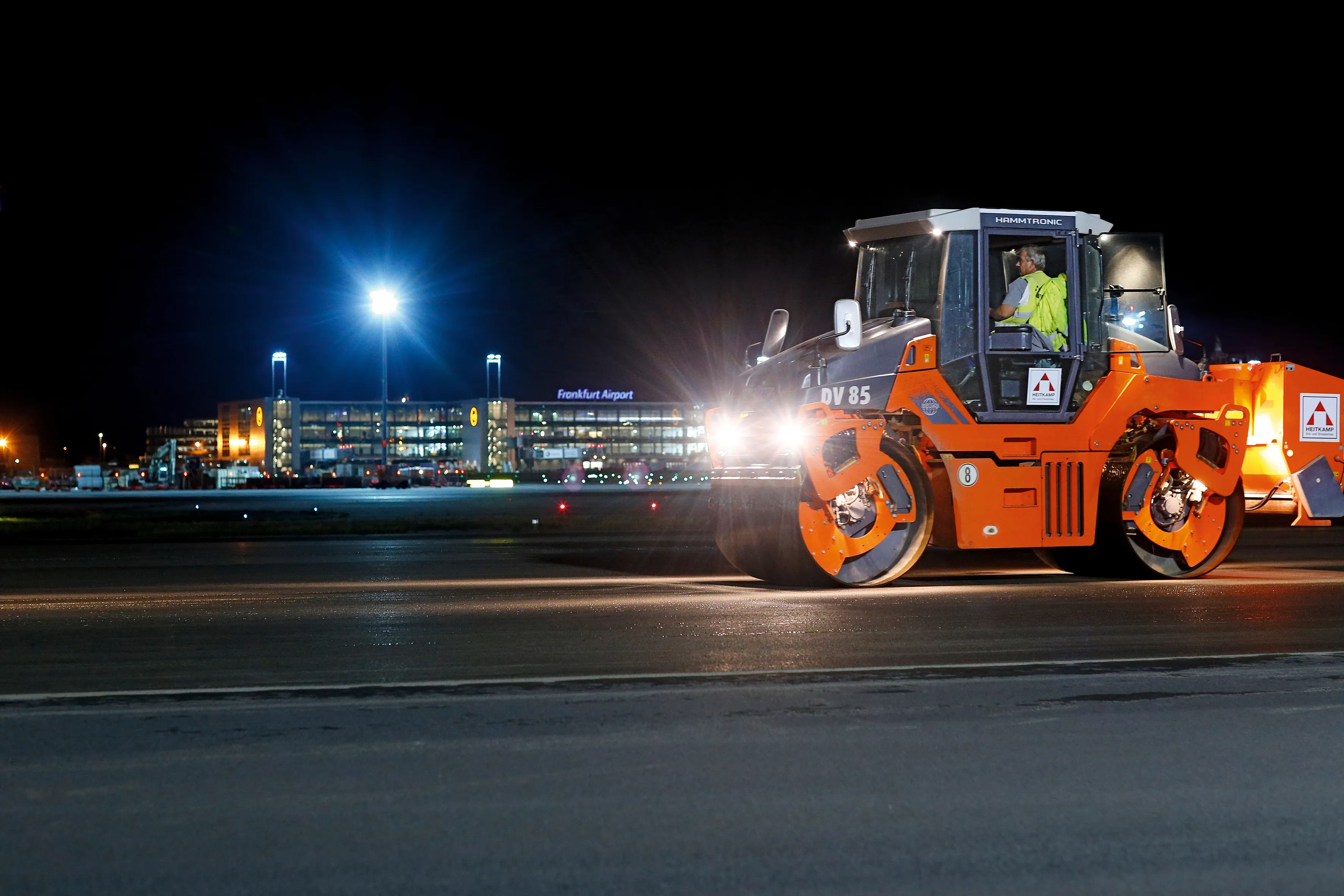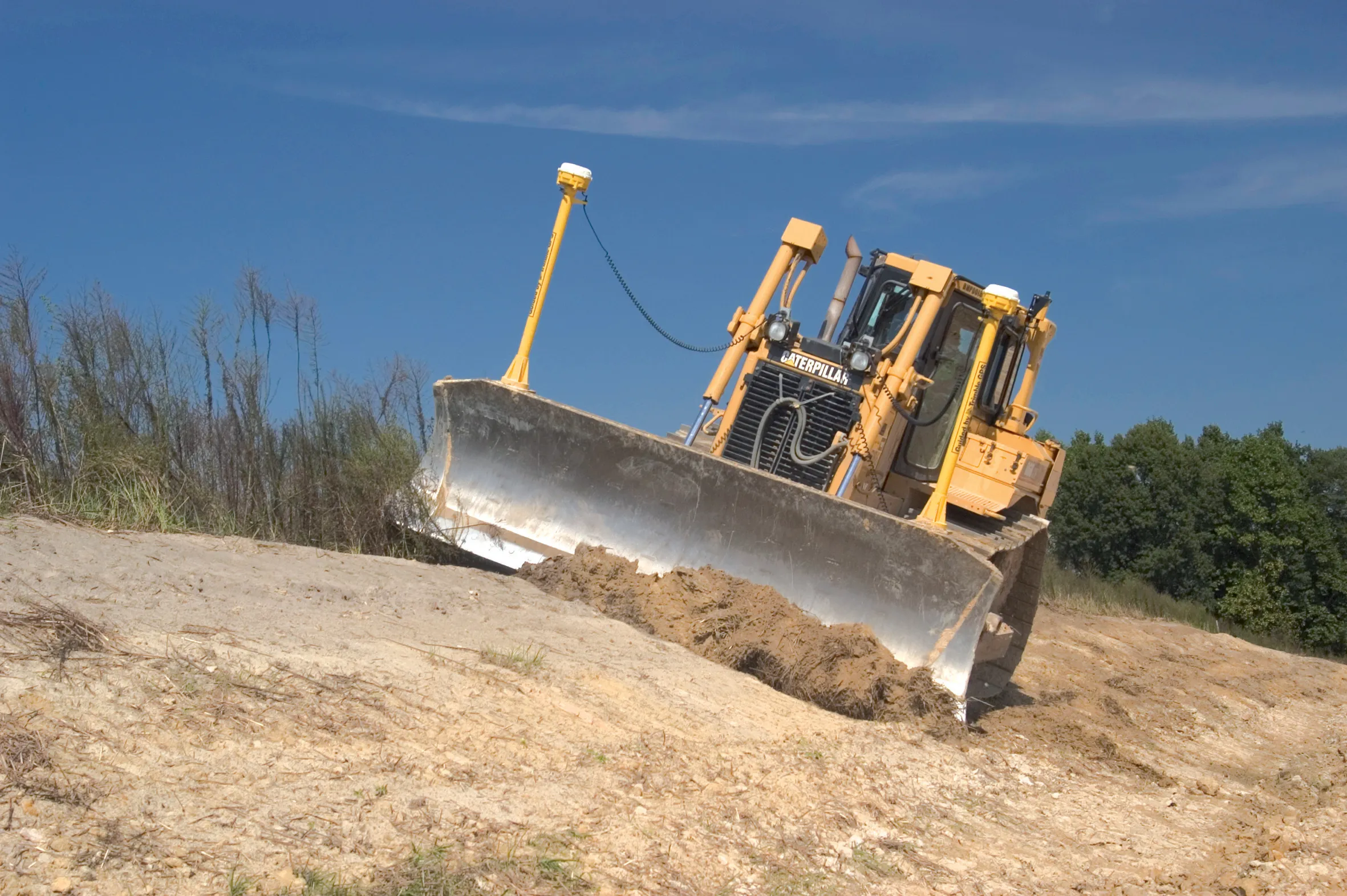Close to Guerrero Negro in the west of Mexico the world's largest salt field is located. There two Wirtgen Surface Miners 2200 SM produce enormous amounts of the "white gold" - economically and in top quality.
The company Exportadora del Sal S.A. (ESSA) – a joint venture between the Mexican government and Mitsubishi Corporation – has produced salt on a large scale in the Ojo de Liebre Lagoon since 1957. With a total area of 33,000 ha, this gigantic evaporation pond is now the largest salt works of its kind
November 27, 2014
Read time: 5 mins

First published in Wirtgen Group FORUM magazine, July 2014
The company Exportadora del Sal S.A. (ESSA) – a joint venture between the Mexican government and
Conventional methods replaced
In order to extract the material, an area the size of Frankfurt was subdivided into ponds each measuring 400 x 400 m, into which the sea water is drawn. The wastes produced during the evaporation process are discharged into an adjacent field. In the past, the salt in the ponds was extracted by graders and dozers, but the hard crust on the adjacent field was too hard to be mined – the field remained fallow. However, as global demand for the so-called “waste product”, which is used as industrial salt particularly in the chemical industry, continued to rise steadily, ESSA looked around for a suitable mining solution.Surface mining technology emerged as an option following consultations with the applications technology specialists from
With an engine rated at 708 kW / 963 PS, a maximum cutting depth of 25 cm and a working width of 3.8 m, the Wirtgen Surface Miner 2200 SM is tailored to precisely these challenges. The cutting drum is mounted near the machine’s center of gravity, ensuring optimum cutting performance and a level, stable surface.
Selective mining for top quality
The customer was delighted with the results: not only did the Surface Miner reliably extract the extremely hard waste product in exactly the required granulation, it also minimized the proportion of fines by mining selectively. What’s more, the surface produced by the innovative automatic levelling system LEVEL PRO in combination with laser sensors was absolutely plane.ESSA consequently decided to use a second 2200 SM to extract the high quality salt in the main pond which is mainly produced for the food-processing industry. Here too, the salt around the edges is considerably harder than in the middle of the pond. In addition, the entire area is studded with hard “islands” which not uncommonly display a hardness of up to 25 MPa.
As a result, graders and dozers were no match for such hardness and created “hilly landscapes” which not only made salt production more difficult, but also diminished the quality of the end product. A uniform surface is vital, particularly for guiding the water drawn into the pond. Together with the lower fines content that is lost in washing when the salt is processed, these criteria have a major impact on the quality of the product. ESSA had determined to improve both the quality and productivity through its mining methods.
Practical experience soon showed that the machine operates optimally at an average cutting depth of 20 cm and a working speed of 15 to 20 m/min. Wirtgen’s surface miners have been setting new standards in the salt fields since 2012.
The fines content of the mined material is exactly as specified by the customer – and the machine’s performance is also impressive: the 2200 SM produces up to 1,300 t of salt per hour on average, with a fuel consumption of just 0.12 l/t. As a result, the customer has most efficiently boosted its annual output to 8 million tonnes and is planning a further increase to 10 million tonnes per year in the future.
Local service 24/7
As a rule, the Wirtgen surface miners work round the clock. In Guerrero Negro the two 2200 SM machines work 300 days per year. A reliable supply of original spare parts and the availability of excellently trained Wirtgen service technicians are therefore factors of great importance. Through the close collaboration between Wirtgen experts at the brand headquarters in Windhagen and the Mexican dealer Construmac, as well as local service technicians, the customer is always sure to get professional assistance whenever it is needed. Knowing that they can rely on Wirtgen’s support at all times is a matter of great importance to them and was also a decisive criterion when selecting Wirtgen as a partner, appreciating not only the cooperative partnership but also the reliability of the surface miners in operation. Thanks to these measures, a rich salt harvest is now in view.Facts and Figures
| | |
|---|---|
| Location | Guerrero Negro in western Mexico |
| Customer | Exportadora de Sal S.A. (ESSA) |
| Method | Surface mining |
| Levelling | LEVEL PRO plus 3D system |
| Mined material | salt |
| Unconfined compressive strength | between 2 and 25 MPa |
| Total area worked | 33,000 hectares |
| Size of the salt fields | 400 m x 400 m each |
| Machines on the job | 2 Wirtgen Surface Mienrs 2200 SM |
| Working width | 3.8 m |
| Required granulation | < 30 mm |
| Cutting depth | 20 cm |
| Output | 8 m tonnes per year / up to 1,300 t/h |
| Working time | 24 h/day on 300 working days per year |
| Salt product mainly for | Food processing and textile, chemical industries |
| End products | Table salt, cellophane, soap, detergents, aluminium, rubber tyres, de-icing salt, others |
| Main markets | USA, Asia (especially Japan) |








